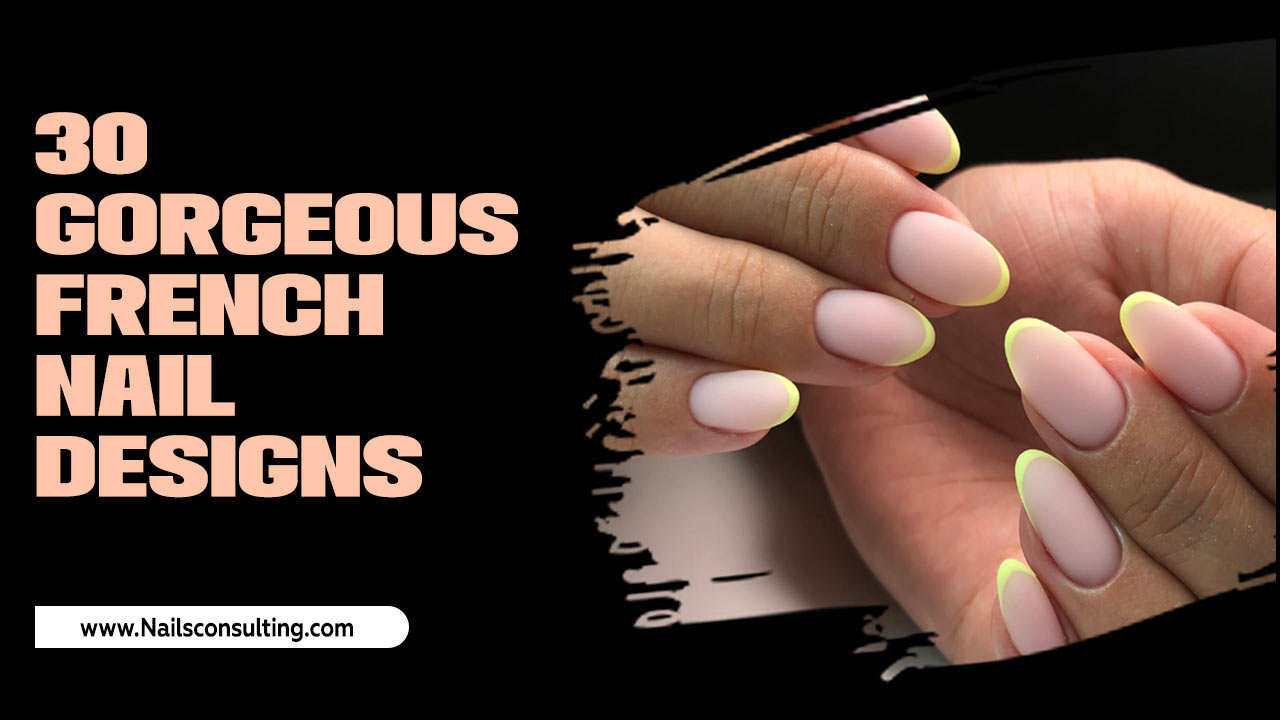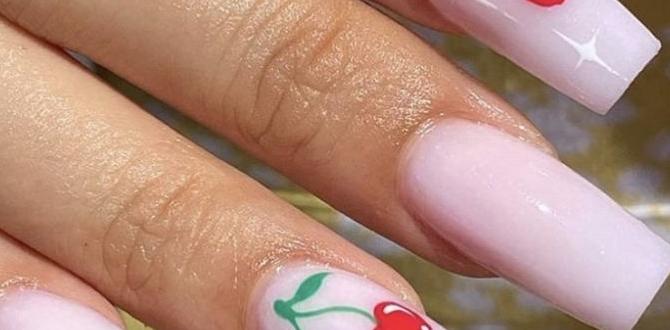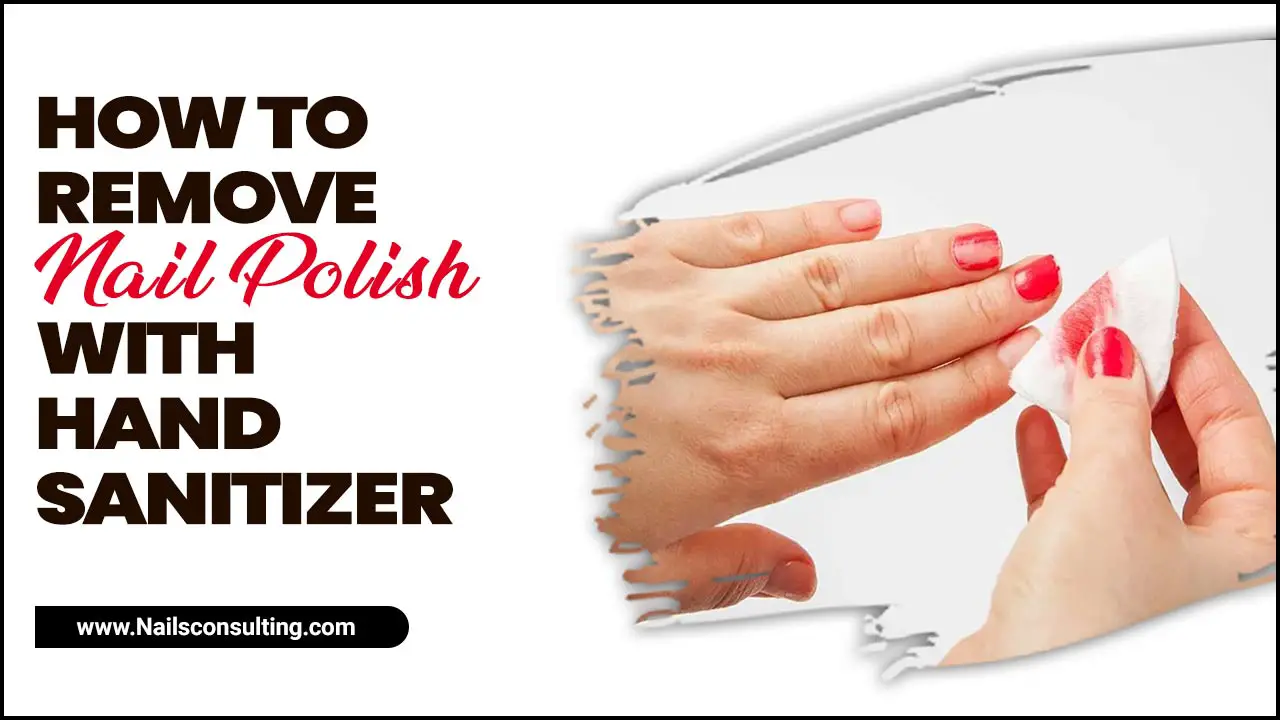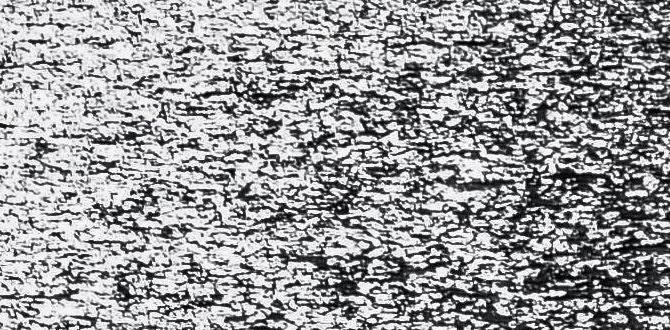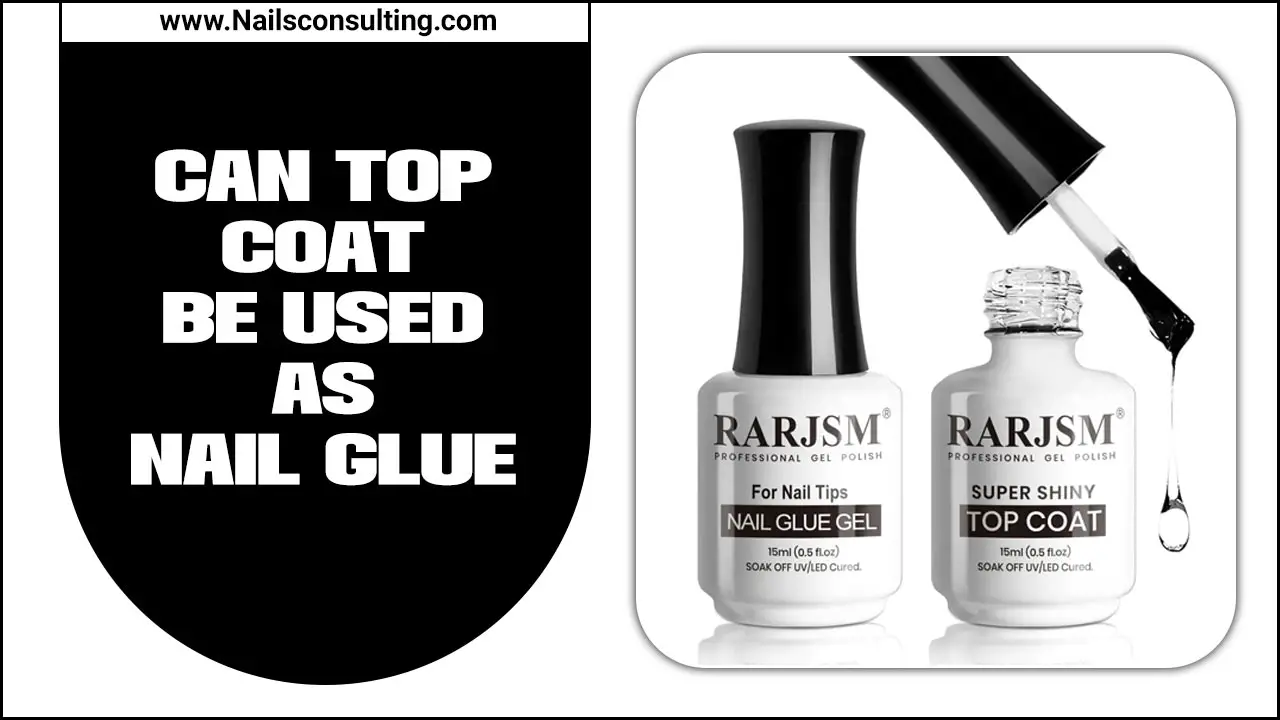Watercolor nail designs are a breathtaking way to add a soft, artistic flair to your manicure. Perfect for beginners, these designs involve blending colors like watercolors on paper, creating beautiful, dreamy effects that are surprisingly easy to achieve. Learn how to create stunning looks with simple steps and essential tips.
Dreaming of nails that look like mini works of art? Watercolor effects on nails are a gorgeous trend that can seem tricky, but trust me, they’re totally achievable, even if you’re just starting out with nail art! So many of us get inspired by those flowing, blended colors we see and think, “No way can I do that.” But what if I told you it’s all about playing with paint and water, just like on paper? These designs are beautiful, unique, and perfect for adding a touch of artistry to your everyday look or for a spesial occasion.
Forget complicated techniques or expensive tools. This guide will walk you through everything you need to know, from picking the right colors to mastering the blending techniques. We’ll cover the essential looks that every beginner should try, and I’ll share my best tips for making your watercolor nails look stunning and professional. Get ready to unleash your inner artist and create some truly beautiful nails!
Why Watercolor Nail Designs Are a Beginner’s Best Friend
Watercolor nail designs offer a fantastic entry point into nail art because they’re incredibly forgiving. Unlike sharp lines or intricate details that demand precision, watercolor effects are all about softly blended hues. This means that any little “mistake” can easily be incorporated into the design, adding to its unique, artistic charm. Plus, the tools and techniques are quite simple, making it accessible for anyone to try at home.
The beauty of watercolor nail art lies in its versatility. You can achieve a soft, ethereal look with pastels, a vibrant pop with bold colors, or a chic, sophisticated vibe with muted tones. It’s a creative outlet that allows for endless personalization, letting your nails reflect your mood or style effortlessly. Ready to dive in and see how easy it can be?
Essential Tools for Your Watercolor Nail Studio
Gathering the right tools is the first step to unlocking your creative potential. You don’t need a professional salon setup to create stunning watercolor nails. Here’s a list of what you’ll need:
- Base Coat: Protects your natural nails and provides a smooth surface.
- Top Coat: Seals your design and adds a glossy finish.
- Nail Polish in Your Chosen Colors: Opt for lighter, more opaque polishes for a true watercolor feel.
- Clear Nail Polish or Water-Based Top Coat: This is key for creating the watercolor effect.
- A Small Brush or Toothpick: For manipulating the colors and creating the blend.
- Nail Polish Remover & Cotton Swabs: For cleaning up any edges and mistakes.
- Optional: Glitter Polish: To add a touch of sparkle and dimension.
- Optional: Dotting Tools: For adding small accents if desired.
Remember, the quality of your tools can make a difference, but don’t let not having the “perfect” brush stop you. A fine-tipped brush from a craft store or even a clean toothpick can work wonders!
Step-by-Step: Your First Watercolor Nail Design
Let’s get started with a simple yet stunning watercolor design. This method uses nail polish and a blending liquid to create that dreamy effect. We’ll focus on a “blooming” effect, which is super popular and easy for beginners.
Step 1: Prep Your Nails
Start as you would with any manicure:
- Clean your nails thoroughly. Remove any old polish.
- Shape your nails to your desired length and style.
- Apply a thin layer of base coat and let it dry completely. This protects your nails and helps your polish adhere better.
Step 2: Apply Your Base Color
Paint your nails with your chosen base color. This could be a solid white, a pale pastel, or even a sheer nude. White is often recommended as it makes the colors you add next pop vibrantly. Allow this layer to dry until it’s no longer tacky to the touch, but not necessarily bone dry. A slightly tacky surface can sometimes help the watercolor “blend.”
Step 3: Create the Watercolor Effect
This is where the magic happens! Here are two popular methods:
Method A: Using a Blending Liquid (Clear Polish or Water-Based Top Coat)
- Apply a thin layer of clear nail polish or a water-based top coat over a small section of your nail, or the entire nail if you’re feeling adventurous. Work quickly!
- Immediately dab small dots or streaks of your chosen watercolor shades (e.g., pink, blue, purple) onto the wet clear polish.
- Using your small brush (dipped lightly in nail polish remover, then wiped almost dry on a paper towel to prevent smudging the polish), gently swirl and blend the colors. You can also use a clean toothpick to feather the edges of the colors together. The idea is to spread the color out, creating soft, translucent gradients.
- Don’t over-blend! You want to see distinct color areas that melt into each other.
- Repeat with other colors if desired, adding more clear polish as needed to keep the colors workable.
Method B: Using Water and Polish (For a more translucent look)
This method mimics traditional watercolor painting quite closely.
- Dip a small brush into a cup of clean water.
- Wipe off excess water on a paper towel until the brush is just damp, not dripping.
- Dip the damp brush into your nail polish color.
- Gently “paint” or dab the color onto your nail. The water helps the polish spread and become translucent, creating a watercolor wash.
- You can layer colors or blend them by adding more color with the damp brush.
- For a more defined look, you can use a brush dipped in a small amount of nail polish remover to softly blend edges or clean up areas.
Step 4: Add Details (Optional)
Once you’re happy with your blended colors, you can add a few touches:
- Glitter: Dab a bit of glitter polish over parts of the design for extra shimmer.
- Dottles: Use a dotting tool to add small, contrasting dots for a playful accent.
- Fine Lines: With a very fine brush, you could add subtle lines or outlines if you feel confident.
Step 5: Seal the Deal
Once your design is completely dry (give it a few minutes to be sure), apply a generous layer of top coat. This is crucial to protect your beautiful artwork and give it that super glossy finish. Let it cure under a UV/LED lamp if you’re using a gel top coat, or air dry thoroughly if using a regular top coat.
Stunning Watercolor Nail Looks to Try
Once you’ve got the basic technique down, you can experiment with these popular and beginner-friendly watercolor nail looks:
1. The Ethereal Bloom
Colors: Soft pastels like pale pink, sky blue, lavender, and mint green.
Look: Mimics delicate flower petals or soft clouds. Use a white or sheer nude base. Apply colors in soft dabs and swirl them gently to create a diffused, dreamy effect. This is perfect for weddings or a romantic vibe.
2. Bold & Beautiful Abstract
Colors: Jewel tones like sapphire blue, emerald green, ruby red, or amethyst purple.
Look: For a more dramatic statement, use richer colors. Blend them with a dark, shimmery base or let them melt into each other on a black or deep navy base for a cosmic feel. This looks incredible with a glossy finish!
3. Sunset Gradient
Colors: Warm hues like orange, yellow, pink, and a touch of purple or red.
Look: Create a beautiful sunset on your nails by blending warm tones from the cuticle to the tip. Start with yellow, transition to orange, then pink, and a hint of red or purple at the tip. This is vibrant and cheerful.
4. Marble Swirl
Colors: White and grey, or black and white, with a touch of gold or silver.
Look: While not strictly watercolor, you can achieve a similar marbled effect by blending colors with a bit more structure. Think of classic marble patterns. You can even add a touch of metallic polish with your brush to enhance the veins.
5. Galaxy Nails
Colors: Deep blues, purples, black, with white and silver for stars.
Look: Use the watercolor technique to blend dark, moody colors on a black base. Then, use a toothbrush or a stiff brush dipped in white polish and flick it on for a starry effect. A sprinkle of iridescent glitter completes the look.
Tips for Perfect Watercolor Nails Every Time
Mastering any nail art takes a little practice, and watercolor designs are no exception. Here are some pro tips to help you achieve stunning results:
- Work Quickly: Especially when using clear polish as a blending medium, colors need to be applied and blended before the polish dries and hardens.
- Less is More: It’s easier to add more color than to take it away. Start with small dabs of color and build up intensity gradually.
- Brush Control: For blending, a clean, fine-tipped brush is your best friend. If using nail polish remover on the brush, ensure it’s only slightly damp, not wet, to avoid streaks and lifting the polish.
- Practice on a Nail Wheel or Paper: Before tackling your actual nails, try out your color combinations and blending technique on a nail wheel or even a piece of thick paper. This helps you get a feel for how the colors interact.
- Different Bases Yield Different Results: A white base will give you bright, true colors. A nude base will soften them. A black base will make them look more intense and jewel-like. Experiment to see what you like best!
- Consider Water-Based Polish: For an even more authentic watercolor look, consider specialized water-based polishes designed for nail art. They often have a more translucent quality.
- Seal Properly: A good top coat is essential for longevity and shine. Make sure your design is completely dry before applying it.
Understanding the Science: Why Blending Works
The magic behind watercolor nail designs, especially when using clear polish or water-based mediums, relies on a few simple principles of how nail polish and liquids interact. Nail polish formulations typically consist of pigments suspended in a solvent and resin system. When you apply clear polish or a water-based top coat, you’re essentially creating a liquid medium on your nail.
The pigments from your colored polishes can then disperse into this liquid medium. The solvents in the clear polish help to keep the pigments fluid, allowing them to spread. Using a damp brush (with water or remover) helps to gently push and feather these pigments, thinning them out and allowing them to blend into one another and the base layer. This process is similar to how pigments move in actual watercolor painting. For more details on nail polish ingredients and how they work, sites like the U.S. Food and Drug Administration (FDA) provide consumer information on cosmetics.
Table: Common Color Combinations for Watercolor Nails
Since choosing colors can be fun yet overwhelming, here’s a quick guide to some popular and aesthetically pleasing color combinations for your watercolor nail art.
| Desired Mood/Look | Color Palette Suggestions | Best For |
|---|---|---|
| Soft & Romantic | Pale Pink, Rose Gold, Creamy White, Peach | Everyday wear, bridal, spring/summer |
| Vibrant & Energetic | Teal, Magenta, Sunny Yellow, Coral | Parties, festivals, summer fun |
| Cool & Calming | Sky Blue, Lavender, Mint Green, Soft Gray | Relaxing vibes, year-round wear |
| Mystical & Dreamy | Deep Purple, Navy Blue, Silver, Iridescent White | Evening events, a touch of magic |
| Earthy & Natural | Olive Green, Terracotta, Sandy Beige, Muted Gold | Autumn, bohemian style |
Frequently Asked Questions (FAQ)
What is the easiest way to create watercolor effects on nails?
The easiest way is often using clear nail polish or a water-based top coat as your blending medium. Apply your base color, then paint a layer of clear polish, dab on your colors, and gently swirl with a brush. It’s forgiving and creates beautiful gradients.
Can I use regular watercolor paints on my nails?
It’s generally not recommended to use traditional art watercolor paints directly on your nails. They are not formulated for skin contact and may contain ingredients that could be irritating or harmful. Always use nail-specific polishes or mediums.
How do I make sure my watercolor nails last?
Proper nail prep and a good top coat are key! Ensure your nails are clean and prepped with a base coat. Once your design is dry, apply a generous, even layer of a high-quality top coat. For gel polish users, ensure full curing under the lamp.
My colors look muddy. How can I avoid this?
Muddy colors often happen when you over-blend or use too many colors in one small area. Try to work with a limited palette (2-3 colors) and blend gently. Ensure your brush is clean (or has just a tiny bit of remover on it) when blending to pick up excess product without mixing too much. Also, make sure your base color is completely dry before starting the watercolor effect.
Can I do watercolor nail designs on short nails?
Absolutely! Watercolor designs are very adaptable. On short nails, you might focus on smaller, more concentrated color blends or a single pop of watercolor on an accent nail. The blending technique works beautifully regardless of nail length.
What’s the difference between using clear polish and water for blending?
Using clear polish (or a water-based top coat) provides a more controlled, often smoother blend. The polish allows the colors to spread and meld. Using water with the polish on a brush offers a more translucent, “washed out” effect, similar to traditional watercolors, but can be slightly trickier to control initially.
Conclusion: Your Artistic Journey Begins Now!
As you can see, watercolor nail designs are a fantastic way to express your creativity and add an artistic touch to your manicure. They’re beautiful, versatile, and surprisingly easy to create once you get the hang of the basic blending techniques. Whether you’re aiming for soft, dreamy pastels or bold, vibrant sunsets, the possibilities are endless.
Don’t be afraid to experiment with different color combinations and practice the blending. The beauty of watercolor is its organic nature – every design will be unique, and even the “mistakes” can add character. So, grab your favorite polishes, a small brush, and get ready to paint! With a little practice, you’ll be creating stunning watercolor nail art that will surely turn heads. Enjoy the process and let your nails be your canvas!


